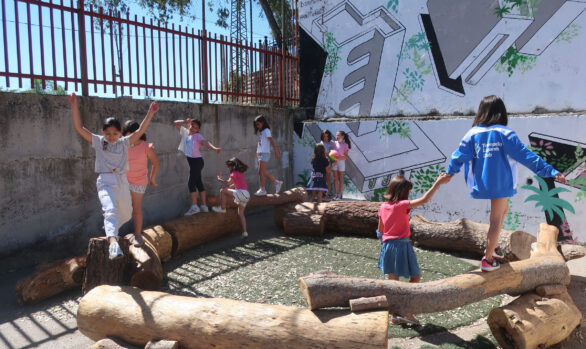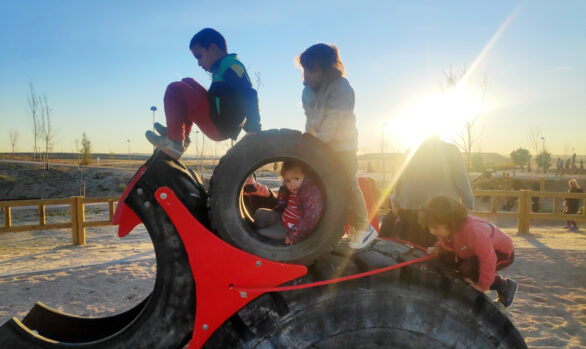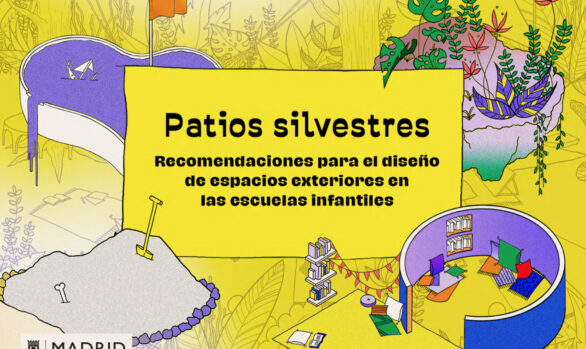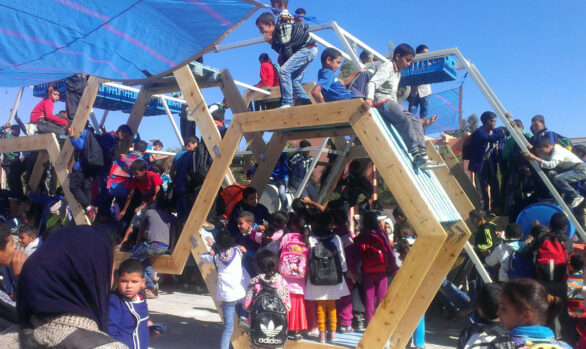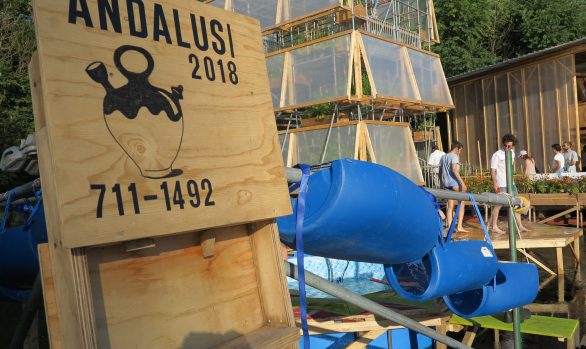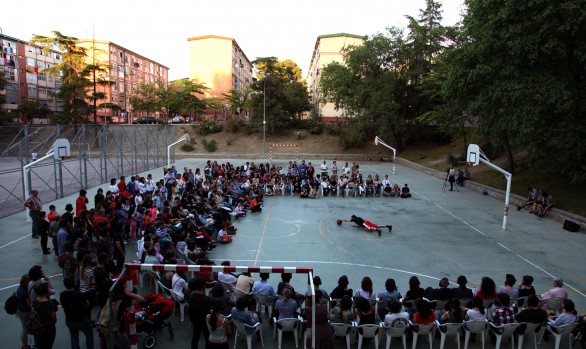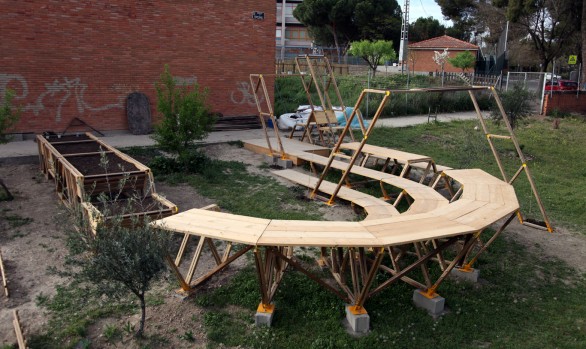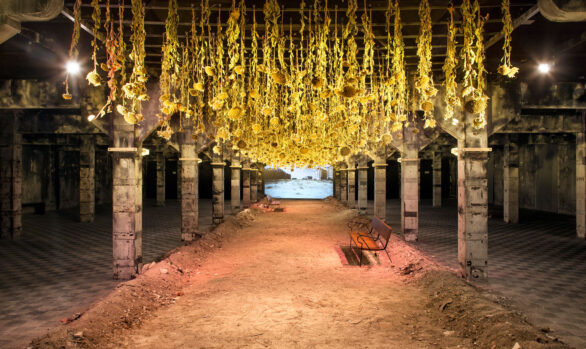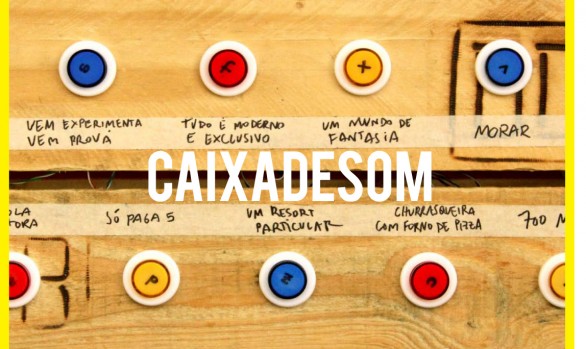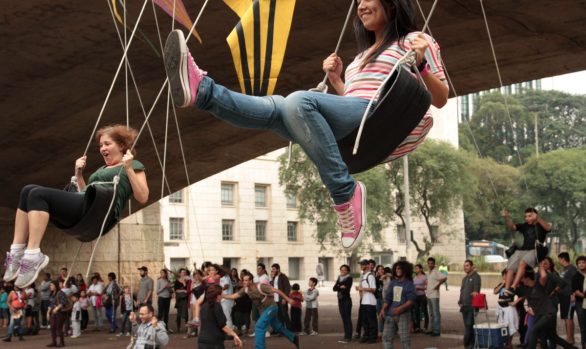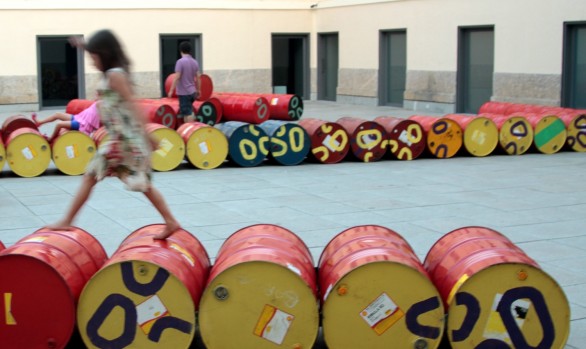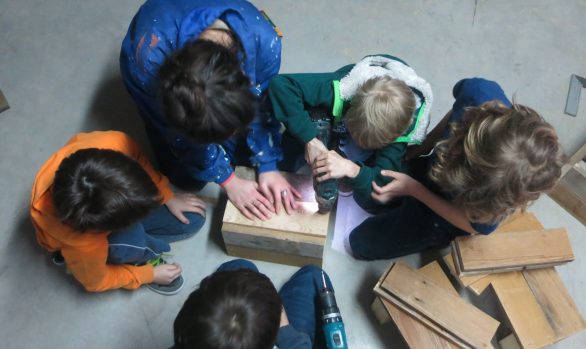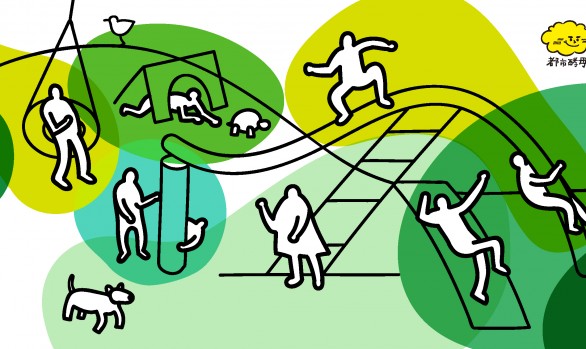Self-made playground in Addis Ababa: the house of the Lost Children
Public Space / Self-More photos of the project
Pictures made by the orphanage’s children
Contex
In the gubernamental orphanage of Kibebe Tsehay, in Sidist Kilo, live children from 0 to 8 years old. There, these children study, sleep, eat, tidy up and play together.
The place has a large outdoor space with hardly any trees and wherein at some point there was some swings, practically unusable nowadays. Piled in a corner of the institution there are old cribs and beds, some parts of rusty swings and numerous shoes and clothes that no longer belong to anybody.
The metaphor of the Lost Children from the tale of James Matthew Barrie and the intention of creating a space for a minimal privacy that could enable the yard to perform recreational activities protected from the equatorial sun inspired this project.
Project
The project was completed in a record time of ten days including all stages, production, design and execution, thanks to the collaboration of a group of over 30 volunteers consisting in students of the Cervantes Institute, the University of Addis Ababa, Spanish aid workers and people who came through the call of a local radio.
After an exhaustive search of possible local resources to use in the project, it was decided to use some simple wooden pallets on which it was almost possible to recognize the tree branches with which they were made, scrap metal of the preexisting swings, and of beds and cribs that were stored in the space.
All these elements were implemented in a metal frame built with metal tube, a decision that guaranteed a minimum durability of the intervention in a place that rarely have the possibility to improve its space.
The intervention was completed with the installation of a deck built with advertising canvas donated by a local company, designed to extend or not according to the needs of each moment.
Some personal items left by former residents of the orphanage were painted in red and placed in the space in their memory.
The use of these low cost materials and the synchronization of all available resources, allowed to finish the intervention in the time and budget available.
The project culminated with the official opening of the intervention and a lecture at the School of Architecture in Addis Ababa.

